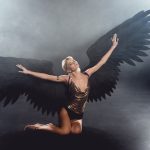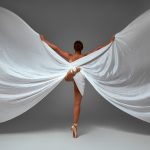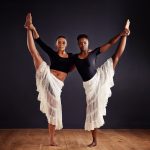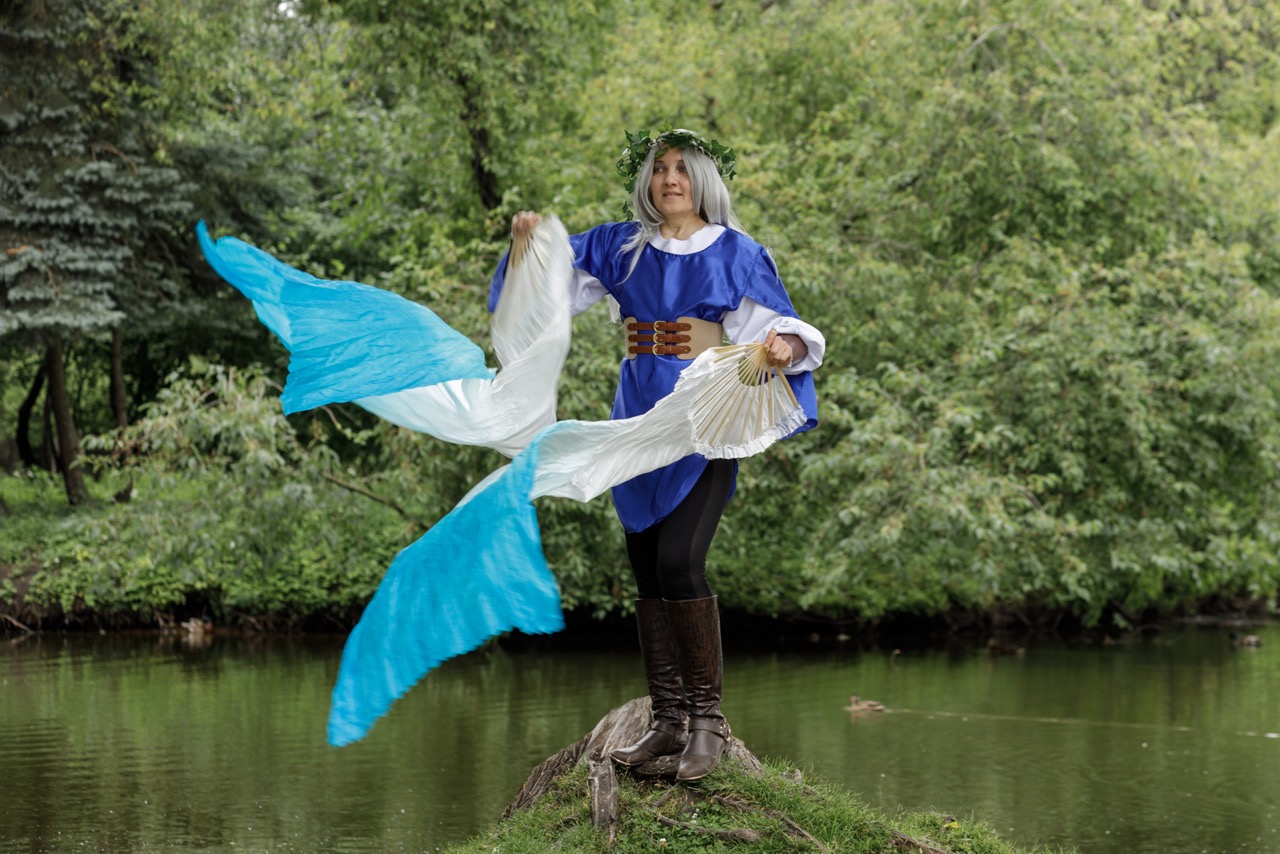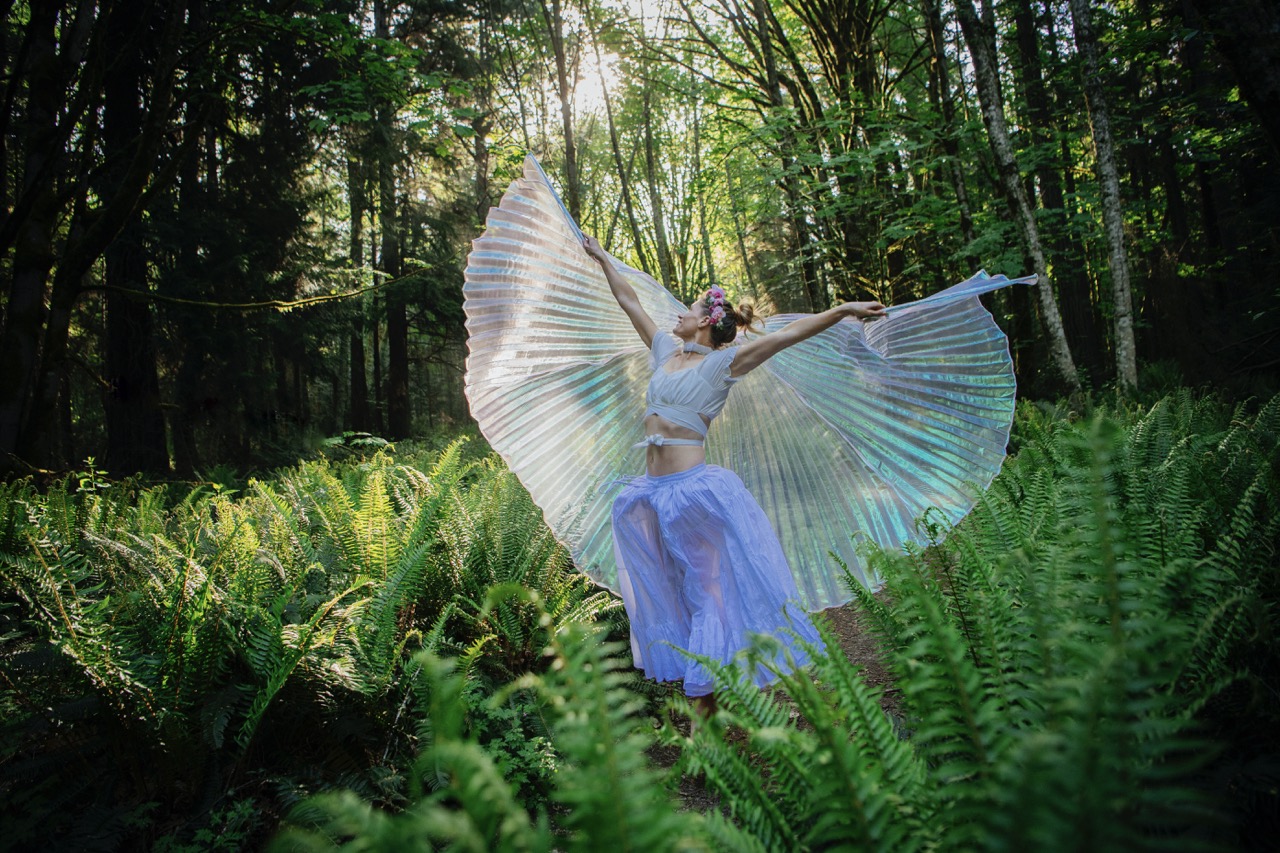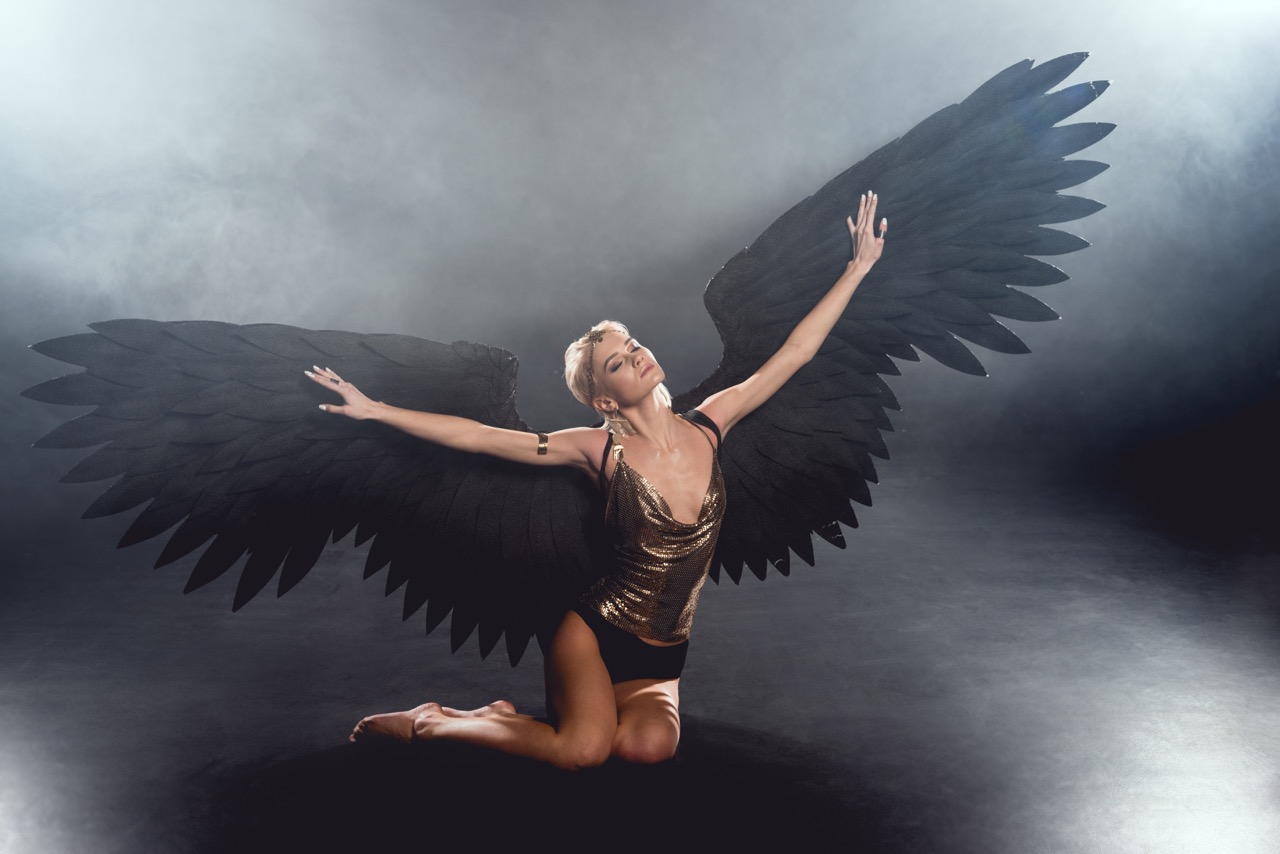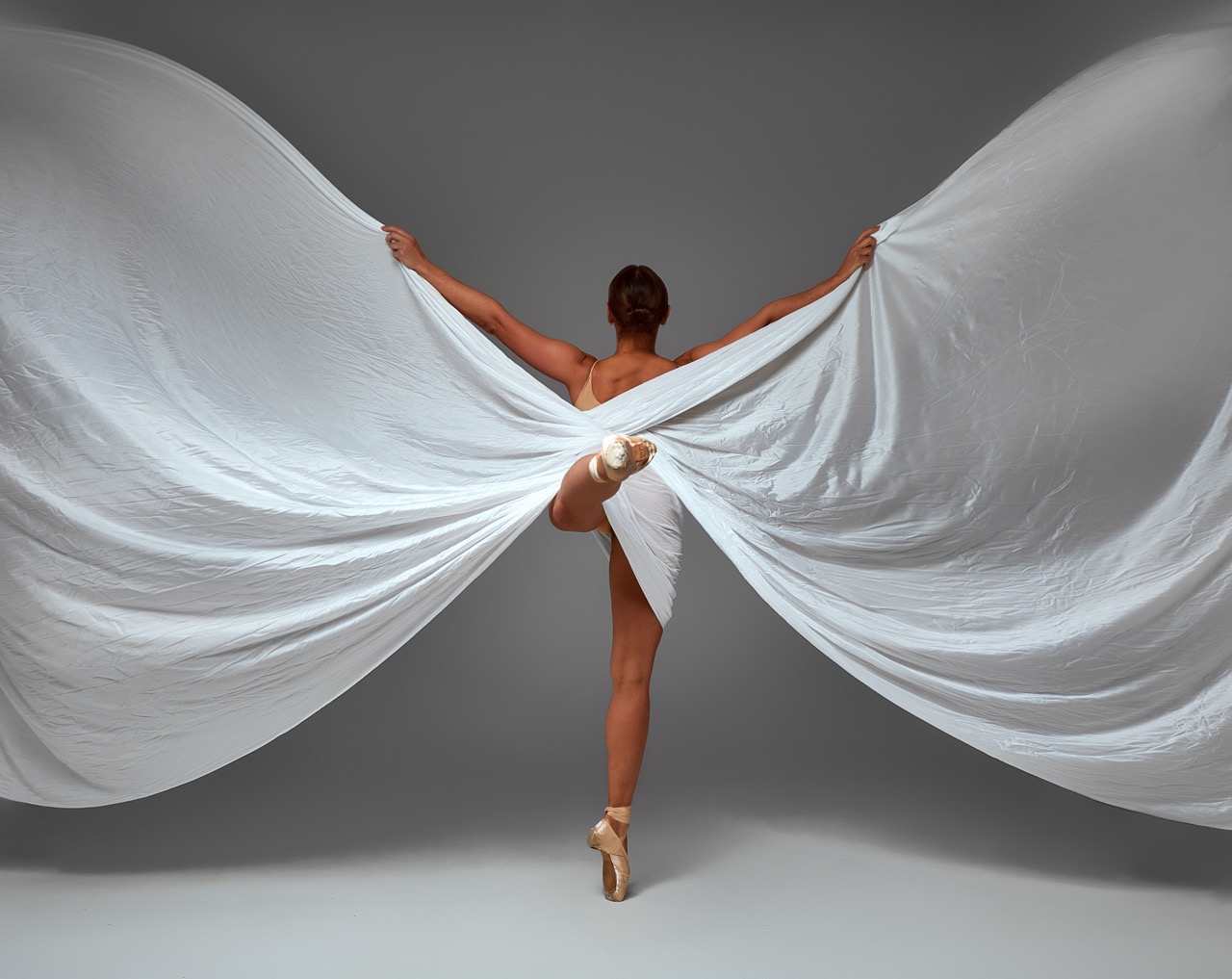The world of dance is a magnificent tapestry woven with various forms of expression, rhythm, and movement. Among these forms, "winged dance" offers a unique blend of artistry and anatomy, often evoking the elegance and freedom associated with flight. From contemporary performances to ancient rituals, winged dance captivates audiences by mimicking the motion of birds and other winged creatures. This article delves into the intricacies of winged dance, exploring its dynamics, anatomical foundations, the physics of flight, and its rich cultural significance across the globe.
The Artistry of Movement: Unraveling Winged Dance Dynamics
Winged dance is not merely about the graceful flapping of limbs; it is an intricate choreography that intertwines emotion and technique. Dancers often embody the essence of winged creatures, using their bodies not just as instruments of movement but as storytellers of nature’s beauty. Each twist, turn, and leap reflects the wings’ rhythm, conveying themes of freedom, aspiration, and transcendence. The artistry lies in the ability to communicate these concepts through motion while engaging the audience in a shared experience of wonder.
The dynamics of winged dance are also rooted in the principles of kinesthetic awareness and spatial orientation. Dancers train to develop an acute sense of their body relative to the space around them, allowing for fluid transitions that mimic the soaring grace of birds in flight. Through expansive movements and controlled gestures, they create an illusion of weightlessness, inviting viewers to suspend reality and enter a world where the boundaries of the earthly and ethereal blend seamlessly. This intricate interplay of movement invites deeper exploration into what constitutes dance as both an art form and a medium for emotional expression.
In contemporary winged dance, choreographers draw inspiration from various elements of nature, often incorporating props such as feathers, wingsuits, or elaborate costumes that enhance the visual impact of the performance. These costumes serve not only as aesthetic enhancements but also as tools for exploration, influencing the dancer’s movement quality and the audience’s perception. The artistry of winged dance lies in its ability to transform the human body into a metaphor for freedom, evoking a primal connection to the natural world.
Anatomy in Motion: How Wings Enable Graceful Flight
Understanding the anatomy of winged dance begins with an appreciation for human biomechanics. Dancers utilize their arms and legs as extensions of their bodies, reminiscent of wings. The musculature involved—specifically the deltoids, latissimus dorsi, and core—plays a crucial role in facilitating fluid movement and creating the illusion of flight. The way dancers engage these muscle groups allows for expansive gestures that mimic the rhythm and flow of a bird in the air, underscoring the importance of physical conditioning and training in achieving such grace.
The spine acts as a critical component in winged dance, providing both flexibility and strength. A dancer’s ability to arch, twist, and extend is essential for replicating the aerial dynamics of winged creatures. This anatomical awareness enables performers to execute movements that resonate with the principles of flight, such as gliding, soaring, and undulating through space. Moreover, the alignment of the body can significantly impact the effectiveness of these movements, as proper postural alignment allows for more energy-efficient dancing while reducing the risk of injury.
In addition to muscle engagement and spinal alignment, winged dance also requires an astute understanding of breath control. Breath not only supports the physicality of the dance but also infuses the performance with life and emotion. Dancers often synchronize their breath with their movements, allowing each inhalation and exhalation to inform the flow of the performance. This element of movement anatomy enhances the overall impact of winged dance, allowing performers to connect deeply with their bodies and the audience, creating an immersive experience of shared flight.
The Physics of Flight: Understanding Aerodynamics in Dance
At the intersection of art and science lies the fascinating realm of aerodynamics. Dancers who engage in winged dance must understand the principles of airflow and resistance to truly embody the feeling of flight. Just as birds adjust their wing positions to harness the wind, dancers manipulate their bodies to create lift and momentum, translating the mechanics of flight into a fluid performance. This understanding of physics allows them to integrate breath and movement, allowing for a more authentic expression of flight.
The concept of lift is particularly important in winged dance, as it relates to how dancers can create an illusion of soaring. By utilizing their arms and altering their body positioning, they can generate a sense of weightlessness that echoes the dynamics of avian flight. Movements such as leaps or jumps are enhanced by understanding how to angle their bodies to maximize lift while minimizing drag, ensuring a graceful descent. This orchestration of physics and artistry forms the backbone of winged dance, illustrating the delicate balance between human movement and natural laws.
Furthermore, the physics of winged dance extends beyond individual movements; it encompasses the entire choreography as a cohesive structure. Choreographers must consider forces such as gravity and inertia when designing sequences, crafting transitions that accentuate the dancers’ ability to defy conventional movement. The result is a performance that not only looks visually stunning but also resonates with the audience on a subconscious level, evoking the wonders of flight through an intricate dance of physics and motion.
Cultural Expressions: Winged Dance Across Time and Space
Throughout history, winged dance has served as a powerful symbol of cultural expression, transcending geographical boundaries and societal norms. Ancient civilizations often employed dance as a means of storytelling, using winged movements to invoke spiritual beings or celebrate the changing seasons. In many cultures, the act of dance was believed to connect the earthly realm with the divine, and winged dance, in particular, embodied the desire for transcendence and connection with the heavens. This deep-rooted symbolism continues to resonate through contemporary performances, highlighting the timelessness of winged movement.
In various cultures, specific styles of winged dance have emerged, each imbued with its own unique meaning and significance. For example, traditional Middle Eastern dance incorporates fluid arm movements reminiscent of bird wings, symbolizing freedom and femininity. In Native American cultures, the eagle dance is a sacred ritual that honors the spirit of the eagle, conveying themes of strength, courage, and connection to nature. These cultural expressions showcase the diversity of winged dance while also illuminating the universal longing for flight and liberation that exists in the human experience.
The evolution of winged dance has been influenced by globalization and cultural exchange, leading to innovative blends of traditional and contemporary styles. Modern choreographers often draw from various cultural practices, creating hybrid performances that celebrate the beauty of diversity while addressing contemporary themes. This fusion of styles not only enriches the art form but also fosters a sense of community and shared understanding among audiences worldwide, making winged dance a truly global phenomenon that continues to inspire and uplift.
In the enchanting realm of winged dance, the delicate interplay between art, science, and culture becomes a powerful expression of the human spirit. Through the artistry of movement, the intricacies of anatomy, the principles of physics, and the rich tapestry of cultural heritage, winged dance transcends mere performance to become a profound reflection of our deepest desires for freedom and connection. As audiences continue to be captivated by the breathtaking beauty of winged movement, its legacy will undoubtedly continue to soar, inspiring future generations to embrace the transformative power of dance.

